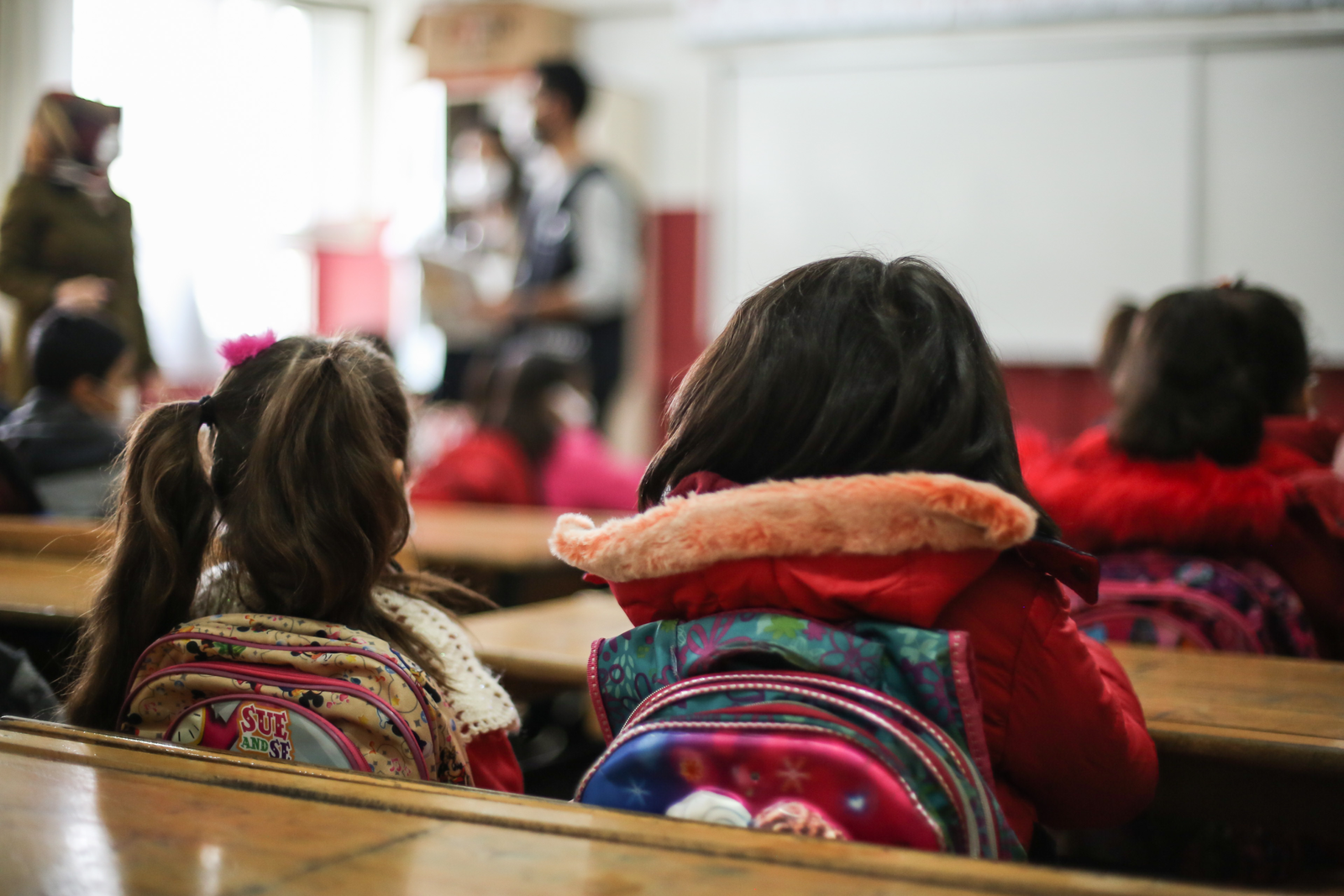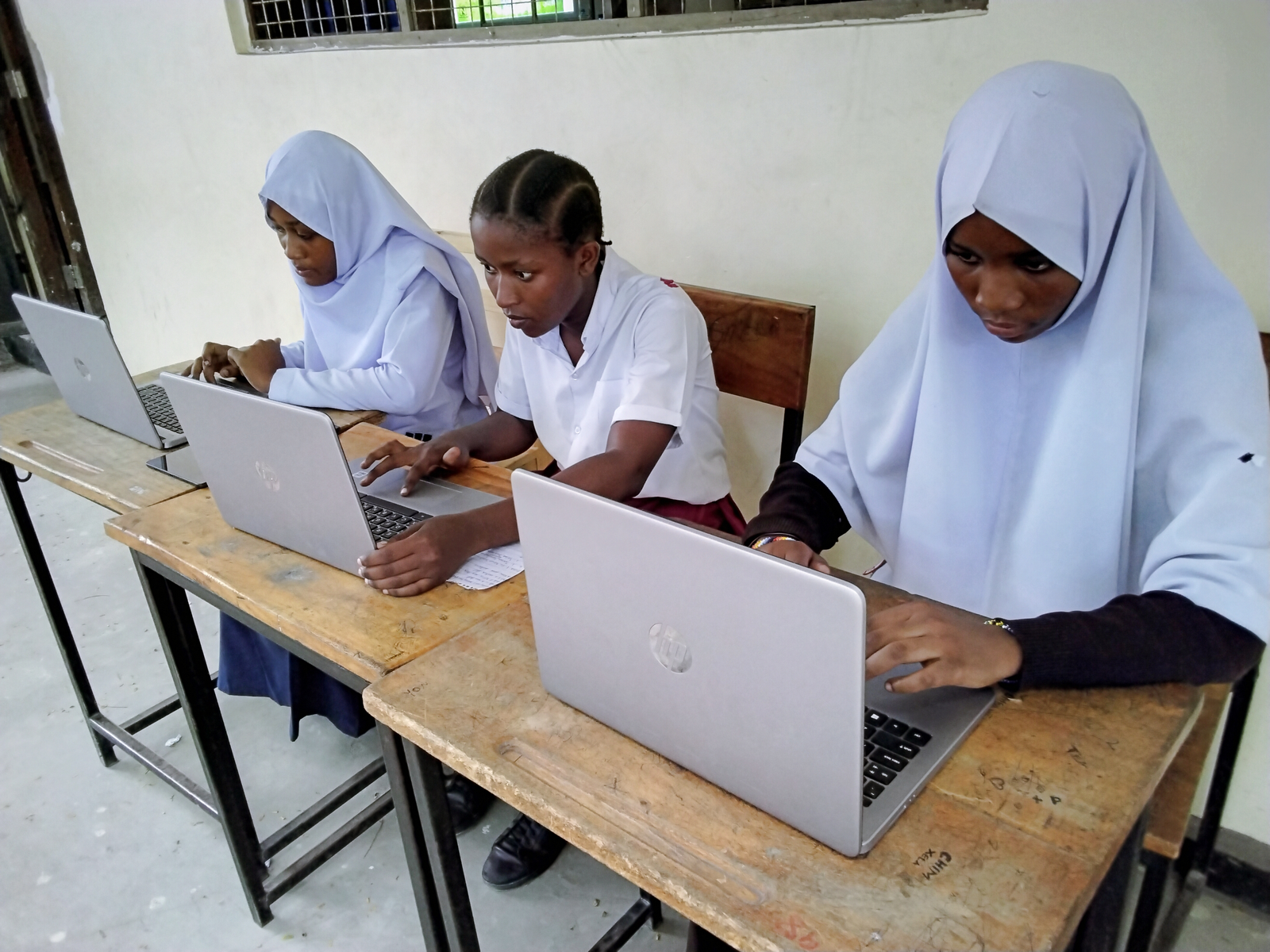
How did it happen? Nigeria to investigate abduction of 110 schoolgirls
Children in conflicts, Education in emergencies, Girls' education, Refugees and internally displaced people, Safe schools
The names of the girls kidnapped from their school in Dapchi by Boko Haram were released today - they range in age from 11 to 19.
The Nigerian government is to investigate how Boko Haram fighters managed to abduct 110 girls from their school.
The students aged from 11 to 19 are still missing, nine days after gunmen stormed the school at Dapchi in Yobe state. Days of silence and confusion followed until authorities admitted the girls had been kidnapped and anguished parents pleaded for their daughters to be found.
Now senior figures from the armed forces, police, intelligence agencies and the state government will work together to establish just what happened on Monday, February 19, at the Government Girls’ Science and Technical Secondary School.
Information minister Lai Mohammed said the 12-member official committee would look into the “presence, composition, scale and disposition of security” in Dapchi in the run-up to the attack.
The National Security Adviser, Major General Babagana Monguno, said: “This is a commitment that the government has made, and I am very confident that with all the efforts I have seen put together by the security agencies so far these girls will be rescued.”
Dapchi residents said there had been military protection in the town until last month, when it was withdrawn and security was left to local police – who allegedly fled when the gunmen arrived.
Of the more than 900 students at the school, 110 were eventually confirmed as having been abducted. Fighter jets, helicopters and surveillance planes have been scouring the region.
President Muhammadu Buhari described the situation as “a national disaster”. Today the Nigerian government released the names of the 100 missing girls.
Since conflict broke out in the northeast of the country in 2009, thousands of girls and women have been kidnapped and boys have been forcibly conscripted by Boko Haram.
The jihadists’ reign of terror has led to at least 20,000 deaths. Almost 1400 schools have been destroyed, over 2295 teachers killed and three million children need emergency support on education.
The Dapchi attack has chilling echoes of the mass abduction at Chibok, which is just 175 miles away. In April 2014, Boko Haram kidnapped 276 students from the Government Girls Secondary School, sparking the worldwide #BringBackOurGirls campaign. More than 100 of them are still missing.
The Safe Schools Initiative
In the aftermath of Chibok, a Safe Schools Initiative was launched in Nigeria in May 2014. It started with an investment from the Global Business Coalition for Education and was supported by the A World at School movement, raising funding from business leaders, government and government donors.
When Nigeria’s new government took power in 2015, many of the Safe Schools Initiative’s activities were not pursued as a policy priority. Campaigners are calling for the initiative to be revived and reinstated.
After the launch of the Safe Schools Initiative in 2014, the initial results included:
School transfer programme
2400 students were relocated from high-risk areas in Adamawa, Borno and Yobe states to 43 Federal Unity Colleges in other parts of the country. This involved the provision of guidance counselling and psychological support for schoolchildren and their families who were traumatised by Boko Haram attacks. The programme included 44 students from Chibok.
Pilot schools
Three initial pilot schools were part of a rehabilitation programme which upgraded school infrastructure, improved physical protection and developed security plans and rapid response systems. Measures included lighting, fencing and alarm systems, as well as training staff as school safety officers.
Learning support and teaching materials
400 schools in a box and 35,000 school in bags were delivered by UNICEF to Borno, Adamawa, Yobe and Gombe states.
Double-shift schools for displaced children
To accommodate internally displaced children fleeing violence, double-shift schooling – with children taught at different times of the day in the same classrooms – was introduced in Adamawa, Borno, Yobe, and Gombe. It reached 47,952 children, including almost 20,000 girls.
Classrooms and training
In Borno, Yobe and Adamawa states, 73 prefabricated classrooms were fully equipped to benefit more than 2900 children. In Adamawa, teachers were trained in psychosocial support and conflict disaster risk reduction to improve school safety.

More news

Skills for the future give young people the best chance of success
